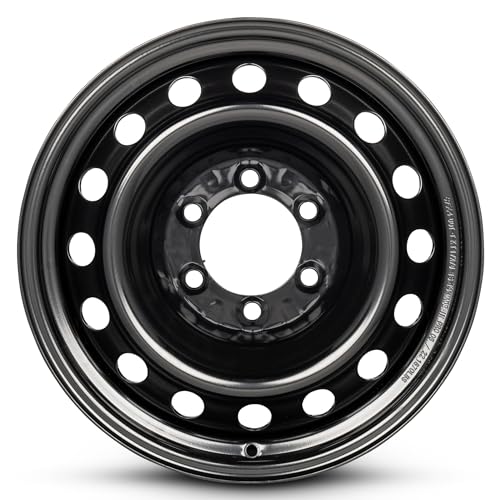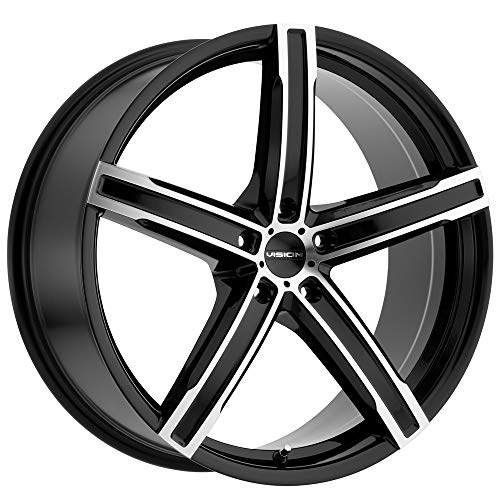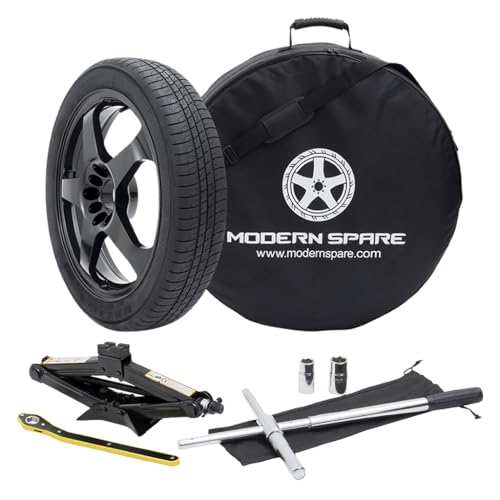Owning a Jeep TJ is fun. It’s great for off-road adventures. But, safety is important too. Good brakes are essential for safety. Many Jeep TJ owners want better brakes. Let’s talk about upgrading to rear disc brakes. This upgrade is popular. It helps improve stopping power.

Credit: dpgoffroad.com
Why Convert to Rear Disc Brakes?
Jeep TJ models often have drum brakes. Drum brakes work well but have limits. Disc brakes are better. They stop faster. They work better in wet conditions. They are easier to maintain. For these reasons, many Jeep owners switch.
Drum Brakes Vs. Disc Brakes
| Feature | Drum Brakes | Disc Brakes |
|---|---|---|
| Stopping Power | Good | Better |
| Performance in Wet | Less Effective | More Effective |
| Maintenance | More Complex | Simpler |
Disc brakes are more efficient. They help your Jeep stop quicker. This is very important when off-roading. You might face steep hills or sudden obstacles. Disc brakes give you confidence. They help keep you and your Jeep safe.
Steps to Convert to Rear Disc Brakes
Converting to disc brakes can be a project. It takes time and effort. But, it’s worth it. Here is a simple guide to help you. Make sure you have all the tools. And take your time.
Tools You Need
- Wrench set
- Screwdriver set
- Jack and jack stands
- Brake fluid
- New disc brake kit
- Brake cleaner
- Gloves and safety glasses
Step-by-step Guide
Step 1: Gather Your Tools and Parts
Before you start, gather everything you need. This includes your toolset and the new disc brake kit. Safety gear is important too. Wear gloves and safety glasses.
Step 2: Lift the Jeep
Use a jack to lift your Jeep. Secure it with jack stands. Make sure it’s stable. Safety first!
Step 3: Remove the Wheels
Take off the wheels. This gives you access to the brakes. Keep the lug nuts in a safe place. You’ll need them later.
Step 4: Remove the Old Drum Brakes
Now, it’s time to remove the drum brakes. Use your wrench and screwdriver. Take off the brake drum and shoes. Be careful with the brake lines.
Step 5: Clean the Area
Clean the area with brake cleaner. This helps remove dust and grease. A clean surface is important for new parts.
Step 6: Install the Disc Brake Kit
Follow the instructions in your kit. Attach the new rotors and calipers. Make sure everything fits snugly. Tighten all bolts securely.
Step 7: Connect the Brake Lines
Attach the brake lines to the new calipers. Check for leaks. Make sure the connections are tight.
Step 8: Bleed the Brakes
Bleeding the brakes removes air. This is important for proper function. Follow your Jeep’s manual for this step. You may need a friend to help.
Step 9: Reinstall the Wheels
Put the wheels back on. Tighten the lug nuts. Lower the Jeep carefully.
Step 10: Test the Brakes
Start your Jeep and test the brakes. Drive slowly at first. Make sure everything works well. Listen for any unusual noises.
Benefits of Rear Disc Brake Conversion
Upgrading to disc brakes has many benefits. Here are some:
- Improved stopping power
- Better performance in wet conditions
- Easier maintenance
- Increased safety
Disc brakes help your Jeep perform better. They give you peace of mind. Especially when off-roading.

Credit: www.amazon.com
Frequently Asked Questions
What Are The Benefits Of Rear Disc Brakes On A Jeep Tj?
Rear disc brakes offer better stopping power. They improve performance, reduce stopping distances, and enhance safety on the trails.
How Hard Is It To Convert To Disc Brakes?
It’s moderately challenging. Basic mechanical skills are needed. Having the right tools and a detailed guide helps.
What Parts Are Needed For The Conversion?
Essential parts include rotors, calipers, pads, and mounting brackets. Some kits include all needed components.
How Long Does The Conversion Take?
Typically, 4 to 6 hours. This depends on experience and if all tools are available.
Conclusion
Converting to rear disc brakes is a smart choice. It improves your Jeep’s performance and safety. The project takes time, but it’s rewarding. Follow the steps carefully. Enjoy your new and improved braking system.
Remember, always prioritize safety. Use the right tools and take your time. Happy Jeeping!




Leave a Reply